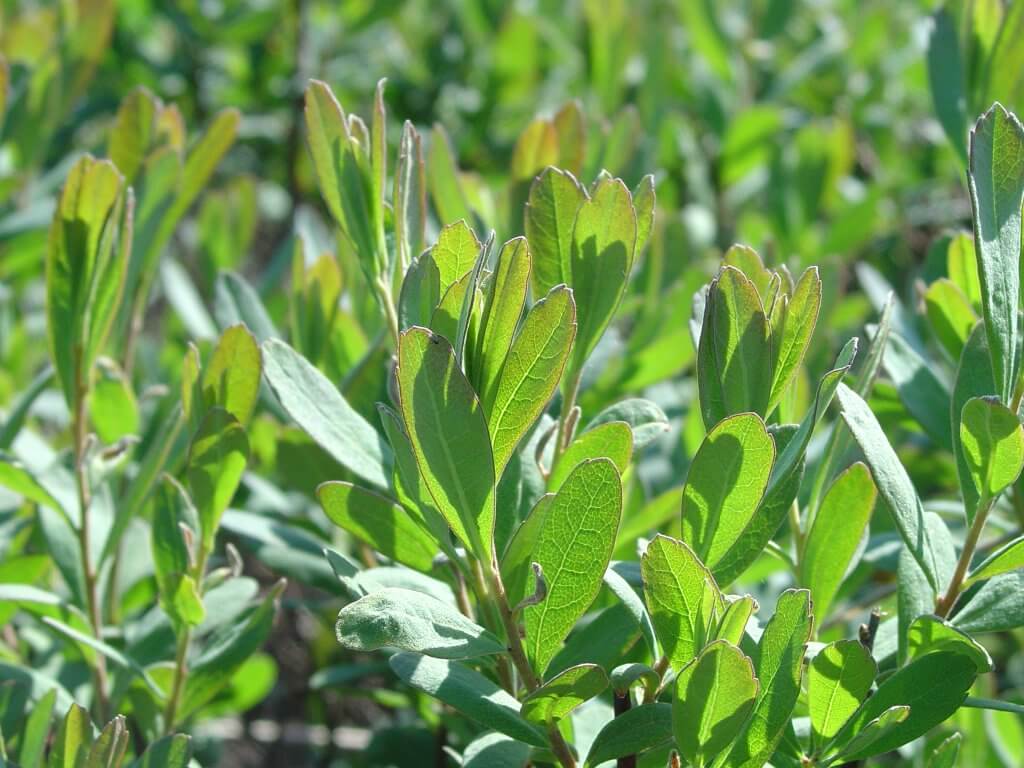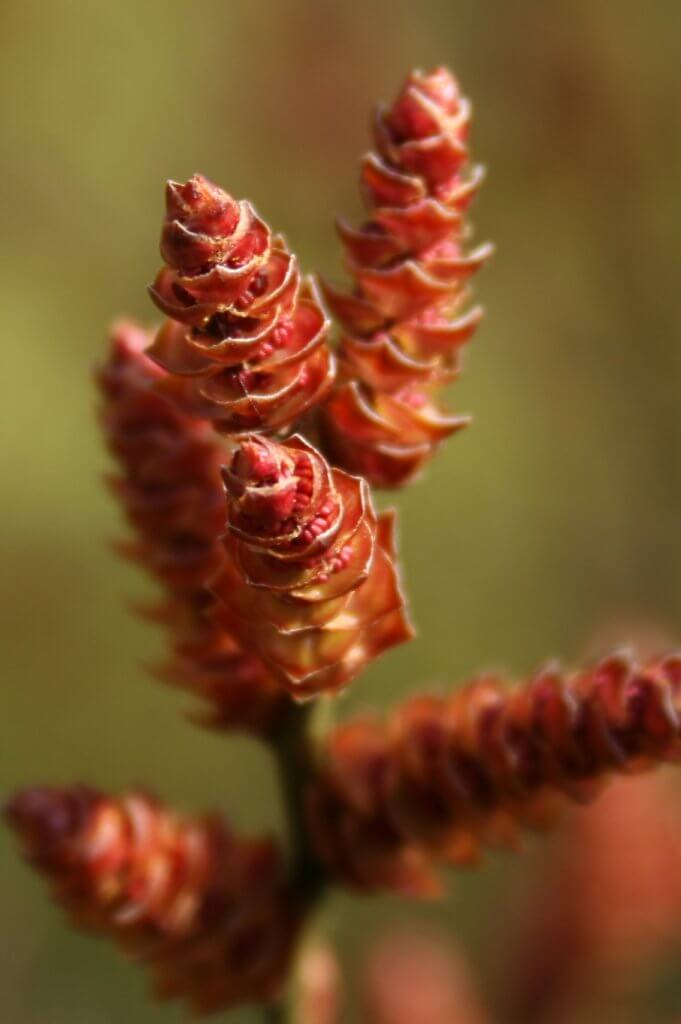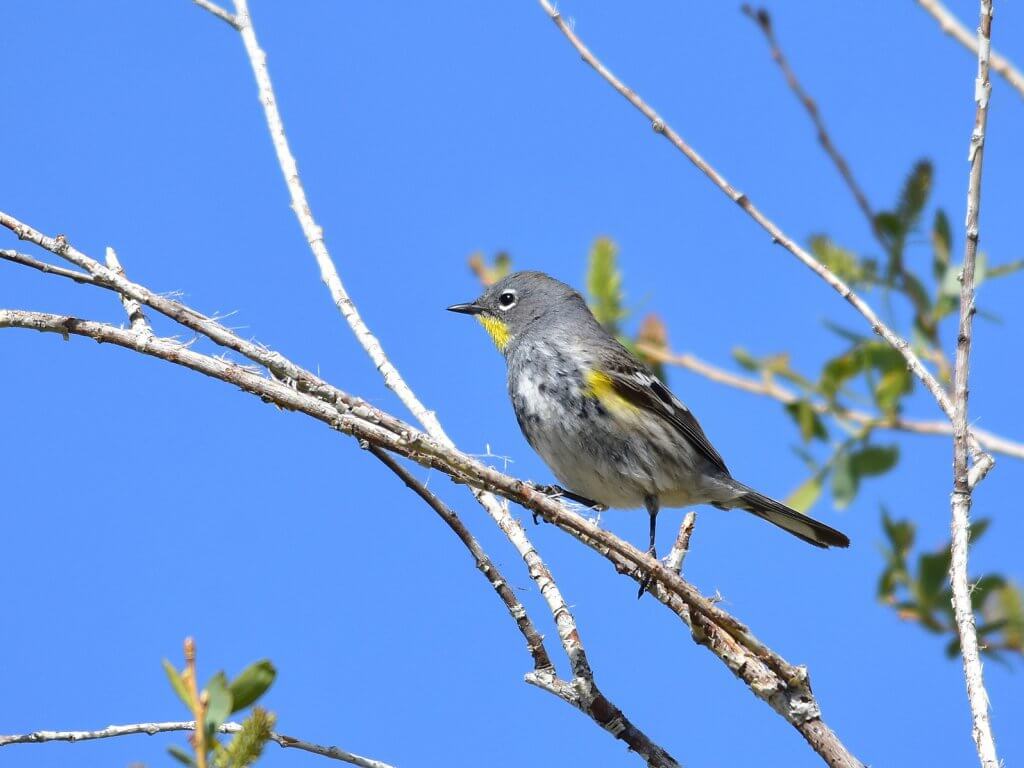Bayberry (Myrica), a group of aromatic species known to many as bay-rum tree, candleberry, wax myrtle and sweet gale. You can find many bayberry varieties growing across most continents, excluding Australia. You can usually find it growing in damp areas, like stretches of coastline or swampy woodland. The scientific name of Myrica is derived from a Greek word that translates to ‘fragrance’, highlighting their fragrant leaves. Many people use bayberry extracts and essential oils in creating perfumes and scented products.

Bayberry species vary greatly in size, from small shrubs with a maximum heigh of 1 meter, to lofty trees at 20 meters. Most varieties are evergreens, however a small portion are actually deciduous. Their leaves are deep green and have a leathery or waxy appearance, when touched or crushed they have a very fragrant aroma.
The flowers of bayberry are catkins, a small cylindrical clusters that lack petals. This means that bayberry plants and trees pollinate via the wind. Bayberry plants will usually produce a number of fruits which vary in color between species. Northern Bayberry produces small blue, gray fruits, in contrast to the Chinese Bayberry that produces sweet, crimson fruits.
Cultivation and History of Bayberry

When growing bayberry, it is best to position the plant in an area with full sunlight, however it will also fair well in semi-shade. Bayberry is able to grow in soils with a low nitrogen content unlike most other plants. They grow best in dry, sandy soil but many varieties can prefer marshy soil. They tend to prefer warmer climates although a number of species do prefer colder parts of the Northern hemisphere.
Bayberry grows easily and can needs little maintenance. You may consider growing them if you live close to a beach or exposed coast area as they are very salt tolerant. Its low form and glossy leaves often make it a great choice for hedges.
Toxicity
Bayberry is not considered to be toxic, however warnings are in place to advise you of suitable dosage amounts. If you are elderly, pregnant, suffer from water retention or high blood pressure, you should not consume bayberry.
Uses
Culinary uses of Bayberry
Bayberry is not widely used in cooking, as a result you are not likely to come across bayberry in many culinary dishes. However you may discover that the seeds of some species are used in flavoring Danish beers. You are able to eat the fruits, however the taste is not usually as appealing when compared to other berries. You can substitute the leaves and fruits in some recipes that call for bay leaves.
Products created with Bayberry
Bayberry fruits have a wonderfully aromatic and waxy substance coating their seeds. You can use this waxy material to create bayberry candles.
Medicinal uses of Bayberry
Many herbalists and healers used the bark and berries of bayberry plants because of their healing properties. Healers hoped to cure people of head colds, nausea, sore throats, skin wounds and ulcers and diarrhoea. Many Native Americans utilised bayberry shrubs in their medicinal remedies. The bark is antibacterial, and is often ground into a powder to be used in a variety of ointments to protect sores and other skin conditions.
Did you know…
Most birds will avoid the fruits of bayberry as they cannot usually digest the skin. A small group of birds, including the Yellow Rumped Warbler and Tree Swallow, however are an exception. The wax is high in energy, therefore making it a perfect food source for these birds during winter.

Conclusion
Bayberry contains a wide variety of interesting and notable species. If you have a coastal garden they may prove an excellent choice for hedging. They are also particularly deer resistant, which could be useful if you happen to have a problem with deer feasting on other garden plants. The medicinal value of the bark is very intriguing, with Native Americans having used ground bark in many herbal remedies.
—————Written by Hannah Sweet
Hannah is a freelance writer and graphic designer from the UK. With a penchant for travelling, photography and all things botanical, she enjoys writing about a wealth of topics and issues, from conservation and slow living, to design and travel. Learn more about her writing and design services at www.sweetmeanders.co
Many of our readers find that subscribing to Eat The Planet is the best way to make sure they don't miss any of our valuable information about wild edibles.
See our privacy policy for more information about ads on this site






